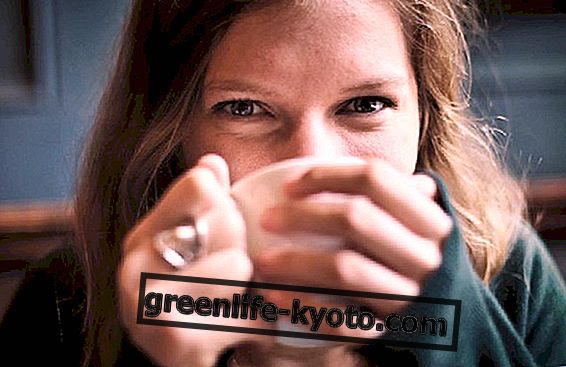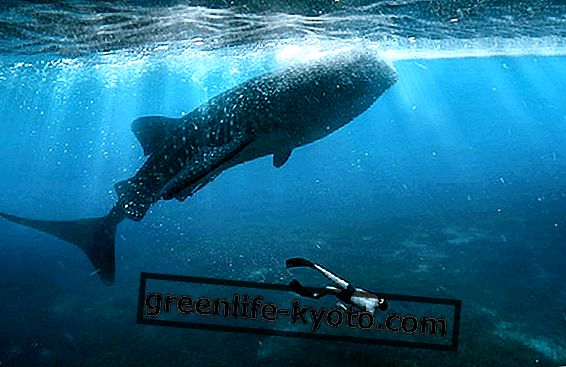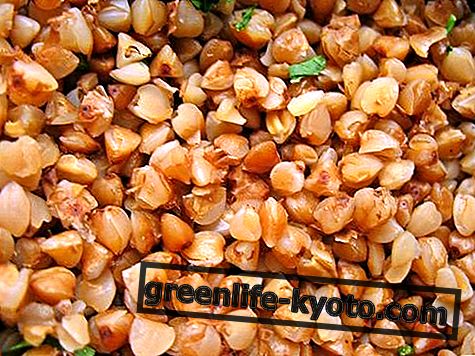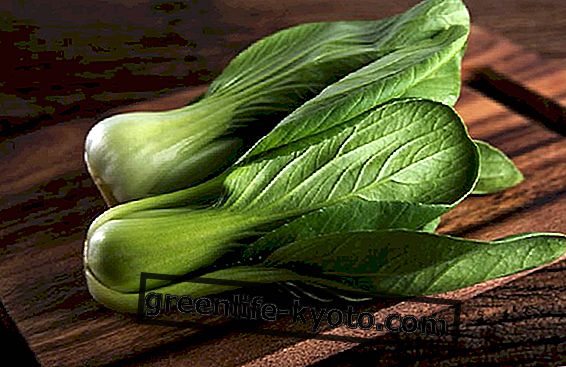
The activities of holodance can be brought together in four forms: energy, expression, interpersonal relationship, meditation, even if these cannot always be clearly distinguished and on different occasions interpenetrate. We say that in the four moments indicated certain aspects are simply predominant over others.
The basic reasoning is as follows: first of all, to awaken one's energy and become sensitive to its various modalities, then to express it in various forms involving feelings and images, then share it with the other participants in the group, and finally, independently, identify their centering and highlight their spirituality.
In energy work we practice energy mobilization exercises, which also recall specific breathing exercises (noting immediately that in breathing practice there is the stimulating moment, as intense and fairly fast, and that, very different as it is very slow, meditative) .
The dynamic part is followed by a deepening of sensitivity concerning fundamental aspects of the body / mind, such as grounding, sensuality, personal power, feeling, intuition.
Olodance: details about the program
In olodance, dance is more specifically expressive, in its aspects of body dance, visualization, relationship and dance-trance, gestures, understood as a flow of non-rhythmic expressive movements especially focused on the arms, and use of the voice, based on the basic sound vibrations, on the full song accompanying melodic passages and on the song of mantras.
As for the interpersonal relationship, there are situations of relationship in a general sense, both through movement and with the word, and of firm and nutritious contact or in the form of massage, seen also as a means of mutual profound listening.
Also important are moments of relaxation such as trusting abandonment to the earth .
Awareness, although necessary even in the previous phases, is essential and central to meditation, seen as a possibility of giving a stable foundation, inspiration and light to our life. Meditative practices are essential and do not refer to any conventional religious content.
This program includes two years of weekly meetings (78 lessons). During each lesson, which lasts about two hours, there are not always all types of exercises. The lesson has a structure that normally respects the sequence indicated above, but in a rather free way, focusing not only on the objective validity of the proposals but also on the elements of interest and variety. Rediscovering the same basic elements in various and attractive forms helps to understand the essentials well.
It is important that the lesson has its completeness and that it still touches the four forms indicated at the beginning with a therapeutic but also artistic and rewarding approach.
Olodance: why
One might ask why this method was called olodance, since the dance occupies a delimited space in it. The fact is that we are talking, yes, of dance in its most common sense, but not only. We talk about existence, about life as a dance, because the theme of gratuitousness is contained in the dance. When we dance we don't do it with the aim of ending what we are doing - it would be absurd -; we dance to appreciate dance every single moment; and this is the ideal dimension of life: being able to find constant satisfaction in different ways, in changing forms. "Dance" is a word that fits in a bit with all the activities proposed here, as it seeks in every single aspect, in every single psychophysical function its enjoyment, its particular rhythm, its form usable in the best possible way.
In any case, a predominant role is reserved to the aspect of expressive gestures and dance. In principle, before the dance there is a mobilization and an awareness, then there is the gestural movement and the dance and then there is a gathering and sharing of the results of what has been done while staying in the receptive position, letting it flow into the body and listening to what has been mobilized and stimulated.
As for the prefix "ol", it gives us the idea of the globality of dance, not only understood as a classic movement, but also as a more delicate, more subtle, more nuanced dance: the one that takes place inside the body / mind, because also sensations, emotions, images, thoughts that form in the mind when they follow a harmonious flow can be said to dance.
Breathing in turn can be done at a level of elegance, being so pleasant as to be elegant. And also the awakening of vibrations in the body is made of "dancing" bioenergy.
The olodance is something rational in that there is a logical order in which the experiences are arranged, but it is also something intuitive in the sense that it still leaves a great space for venting imagination and creativity, within a sensible structure. .
So there is rigor in attention; but this is not contracted, but relaxed, and there is also great openness to something that cannot be traced back to logical evidence.
We can reasonably guide our way of feeling and acting without exaggerating control, letting the taste of experiences be free and open to suggestions that cannot be contained in too determined thoughts.
The rational element is used above all in planning meetings and in verbal sharing at the end of the same, where one speaks of the experiences lived in personal terms, leaving room also for general reflective considerations.













